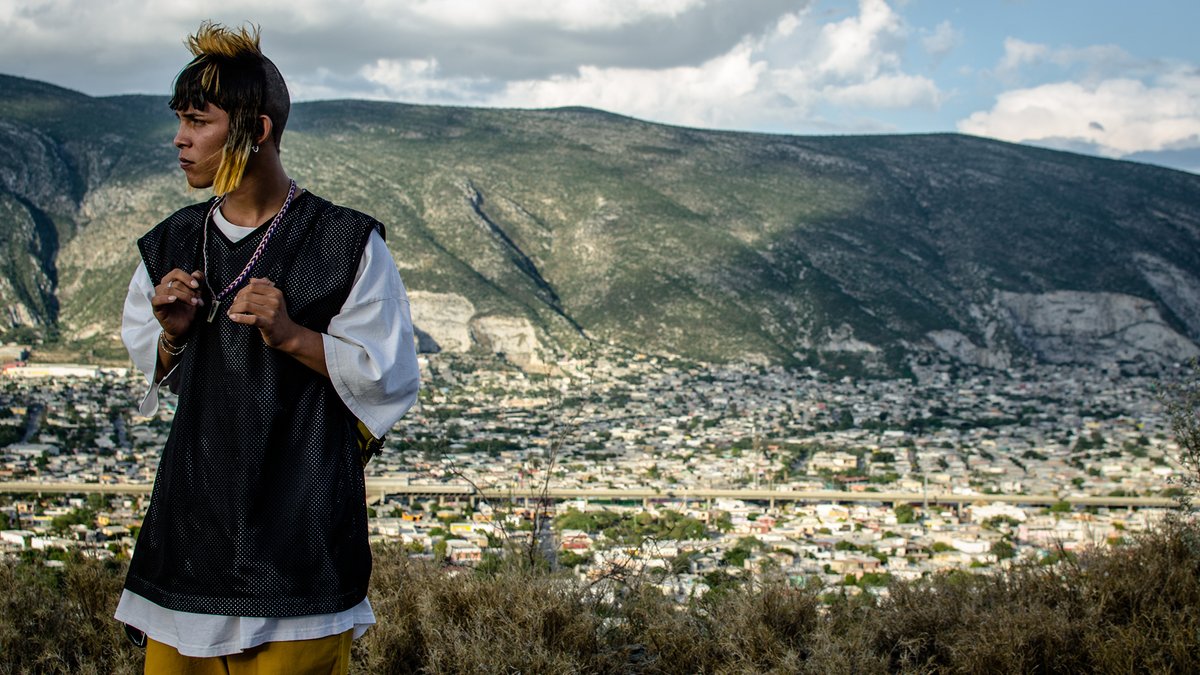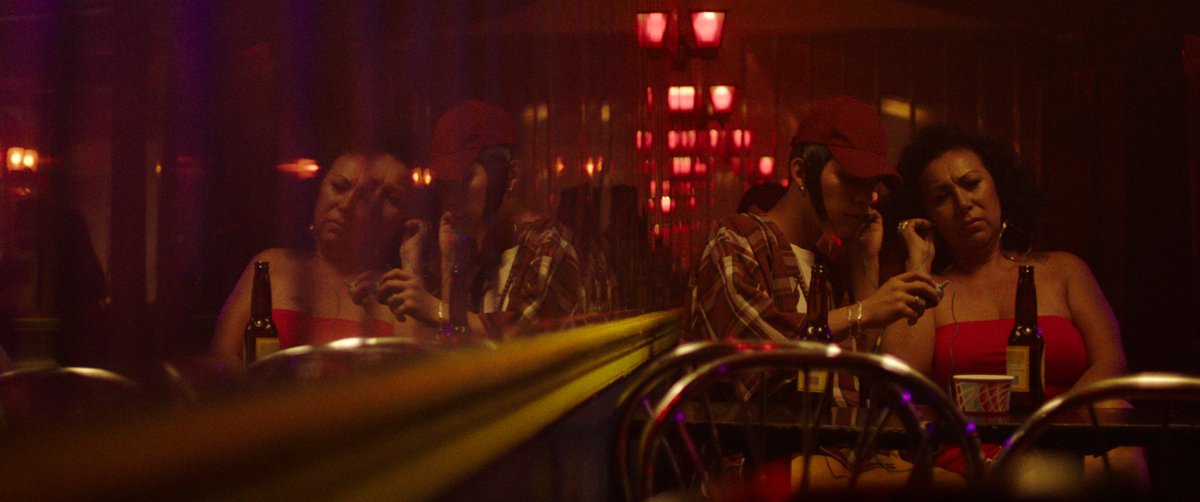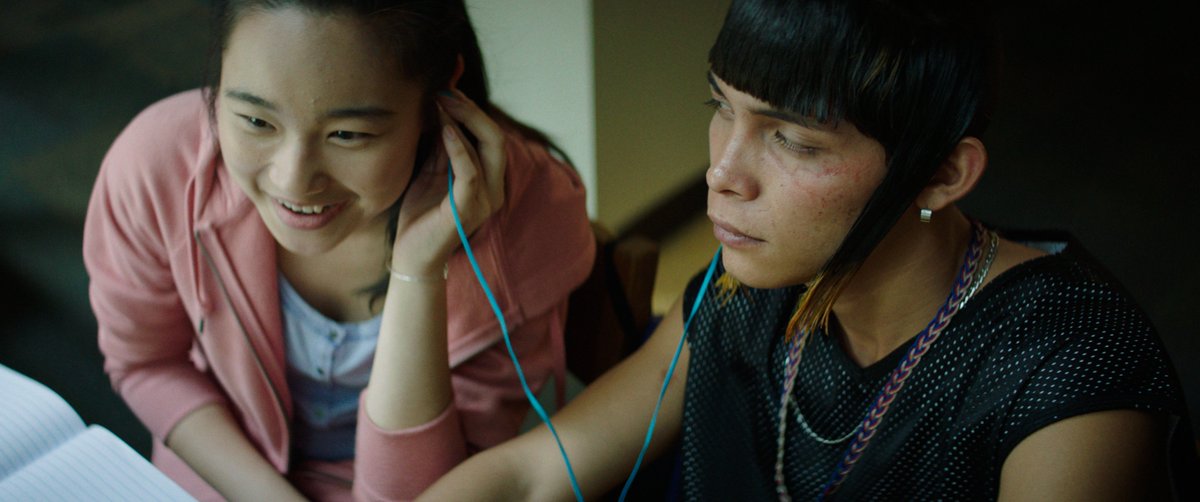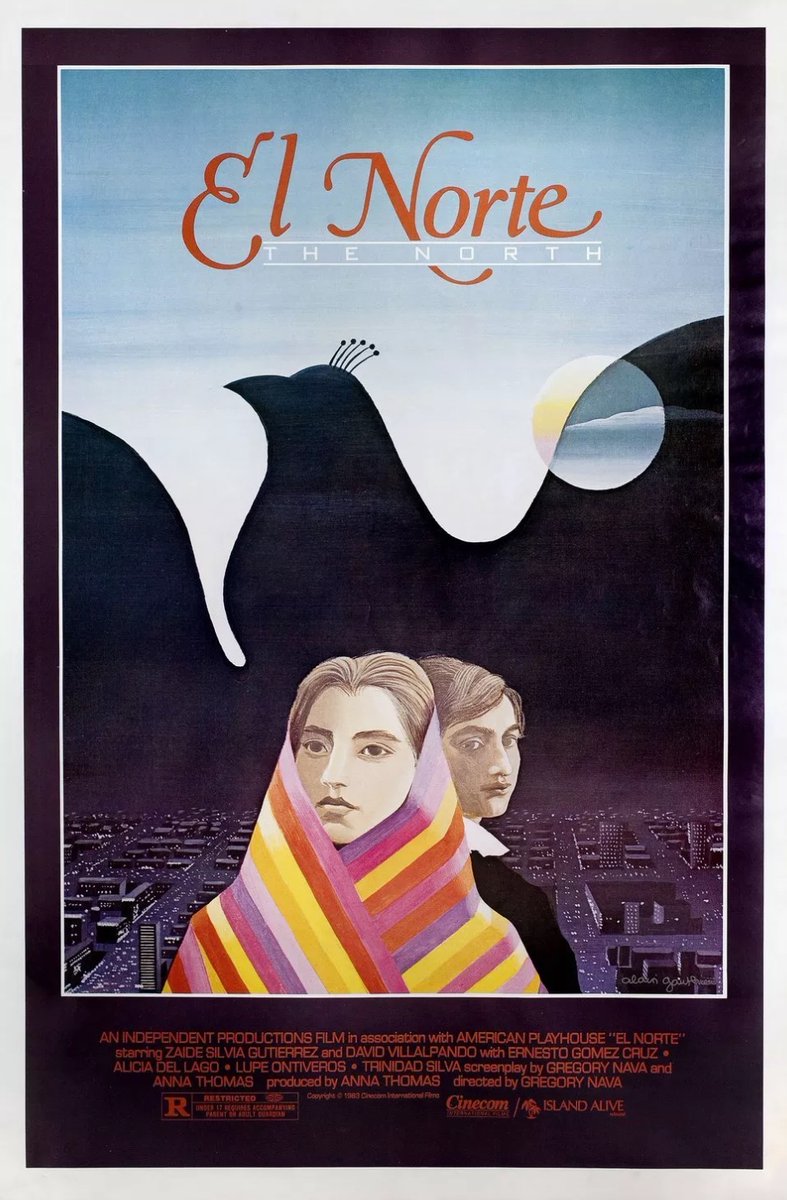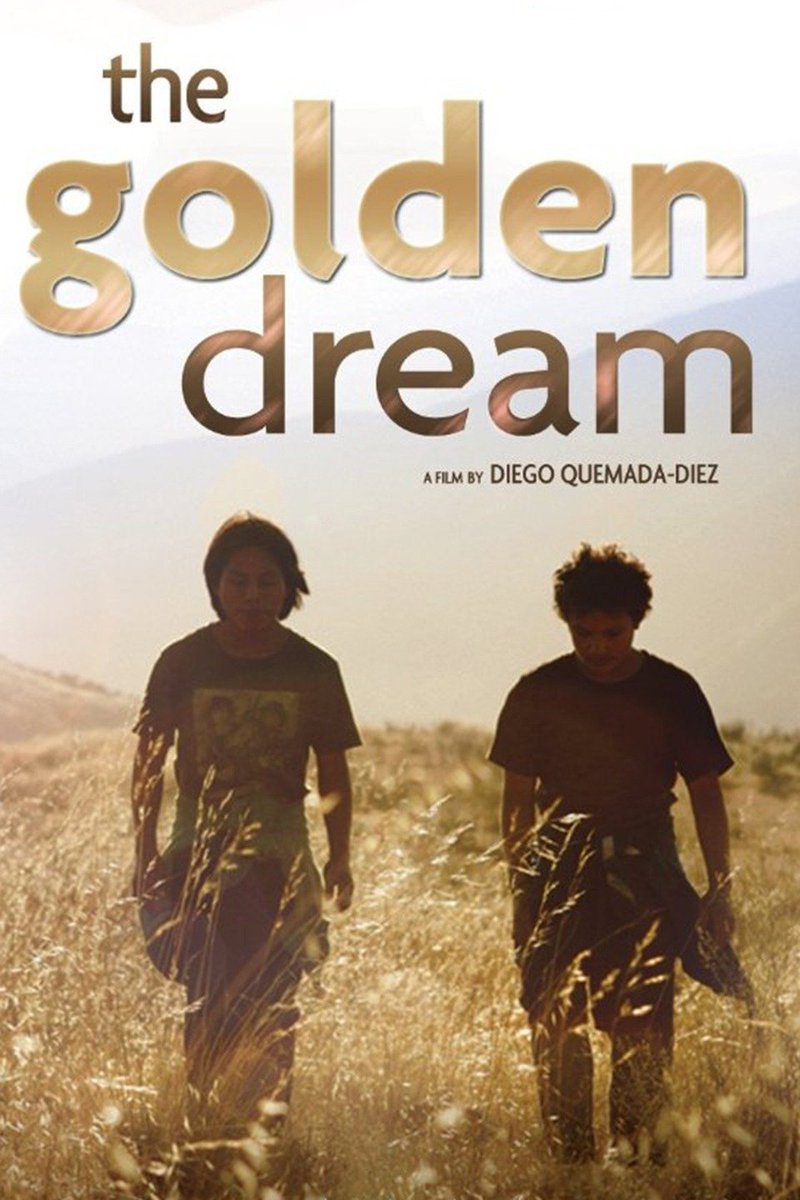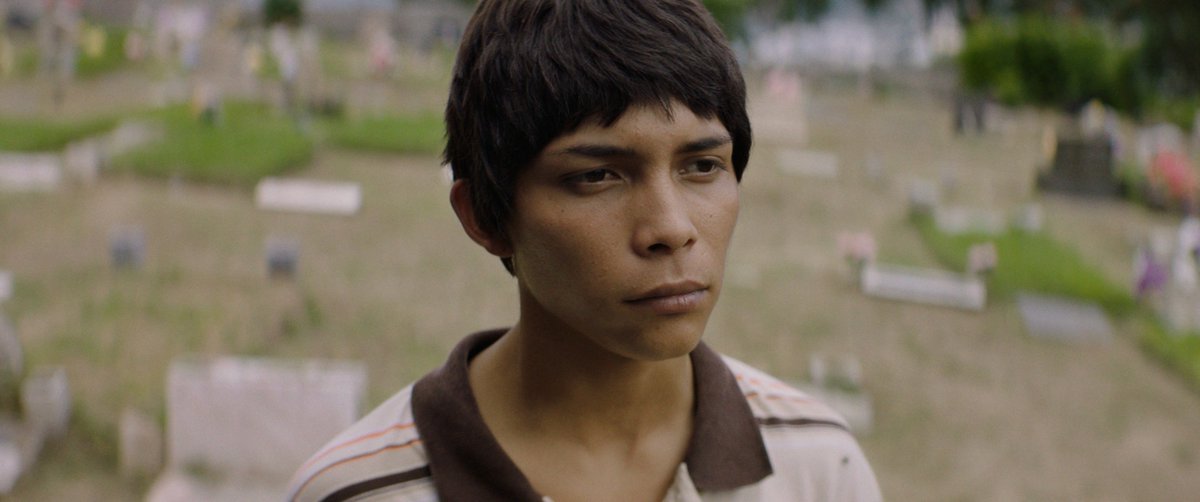¿Qué onda? I’m Carlos Aguilar ( @Carlos_Film), a Mexican film critic in Los Angeles. I’d like to discuss the theme of personal transformation in the immigrant experience as depicted in Fernando Frias de la Parra’s music-driven tale I’M NO LONGER HERE (Ya no estoy aquí). Thread!
Frias’ movie opens windows into two distinct, often unseen worlds: the idiosyncratic Kolombia subculture, which exhibits Chicano influences in jargon & style, as well as a vision of NYC entirely from the perspectives of people of color with different backgrounds & experiences.
Ulises (Juan Daniel Garcia Treviño), a teenager in Monterrey, Mexico, is the leader of the Terkos, a street gang comprised of boys & girls whose identity is tied to their passion for dancing cumbia rebajada, a slow-tempo version of the Colombian genre. They are Cholombianos.
Like his namesake from the Greek epic “The Odyssey,” Ulises goes on a journey to a foreign land alone in order to save his family from violence. His departure up north ignites an introspective warfare within him: who is he when away from those who make him feel like he belongs.
Similarly, I left Mexico without my parents as a young teen, a difficult age to adapt to a new reality. Not only are you in the midst of shaping the person you’ll become as an adult, but you are doing so while wrestling with what you left behind & a complex feeling of alienation.
In the U.S, Ulises interacts with his macho Latino roommates; Gladys (Adriana Arbelaes), a Colombian woman disillusioned with the promise of a better life; & Lin (Angelina Chen), an Asian-American girl balancing two identities as a U.S.-born teen from an immigrant family.
Unlike immigrant stories that exalt the American dream as attainable, Frias’ approach is closer to how EL NORTE, THE GOLDEN DREAM, or EN EL SÉPTIMO DÍA show the plight of people struggling to survive in a hostile new country. It’s truthful to the hardship, yet deeply humanistic.
During his time in NYC, Ulises’ peculiar slicked haircut, common among his peers but an anomaly abroad, his oversized clothing, & the dance moves characteristic of Cholombianos, turn into even stronger symbols of his identity. We all cling to the things that bring us comfort.
Musical choices support such nostalgia. A scene of Ulises dancing in NYC to make money & 1 of his friend Chaparra (Coral Puente) back in Monterrey is unified through the song “Lejanía” by Lisandro Meza, whose lyrics deal with the sadness one feels being far from your native land.
For Ulises, dancing is almost a spiritual pursuit, a way to let go of his sorrows & allow his body to physically reconnect with those he yearns for. As long as he has his MP3 player loaded with all the bangers, his community remains ingrained in him. No one can take that away.
Yet, though he won’t verbalize it, he’s gained perspective from afar on the person he used to be. In seeing the paths his friends have taken, he wonders who he would be if he hadn’t been forced to leave. Now what was once so significant to his self-worth begins to feel distant.
Just like him, I’ve imagined where I’d be had I never migrated. If I were to go back after years away, would I be a stranger to those who knew me, would the places that were familiar be unknown to me, are there parts of me that haven& #39;t changed, or parts that vanished forever?
Through his ordeal in NYC—including homelessness—Ulises, as tremendously played by Garcia Treviño with quiet dignity, loses the façade of invincibility he cultivated as part of a dysfunctional family in a crime-ridden town. It’s perhaps this powerlessness that enables growth.
Eventually, the frustration with his precarious circumstances prompt a cathartic deconstruction of the superficial elements that had provided a sense of being part of something greater, and as a result Ulises is confronted with the brokenness underneath.
Upon the hero’s return to the homeland, now without his Kolombia armor, he discovers nothing is the same. Those bonds that seemed unbreakable may have been erased by the force of time. Is this place still home? Could the U.S. ever truly be home? Or is home a mere idealization?
Though still flesh and bone, Ulises is now a ghost walking among the ruins of his past. He’s nearly invisible to others, now only a witness. The title itself speaks to that very notion of realizing you are not part of something anymore, while physically still being there.
Ulises doesn’t entirely exorcise the music and dance from his soul, but he knows he must move on from the danger that came with them. He’s painfully matured. That 17-year-old who left hilly Monterrey one morning no longer exists. His odyssey, inevitably, has transformed him.
Subtly, I’M NO LONGER HERE radiates honesty. It speaks a language I & many immigrants understand, that of fear of losing touch with our origins. Maybe only from outside can we more objectively see what defines us & make peace with who we were, who we are, & who we want to be.
I’M NO LONGER HERE is on Netflix globally.

 Read on Twitter
Read on Twitter